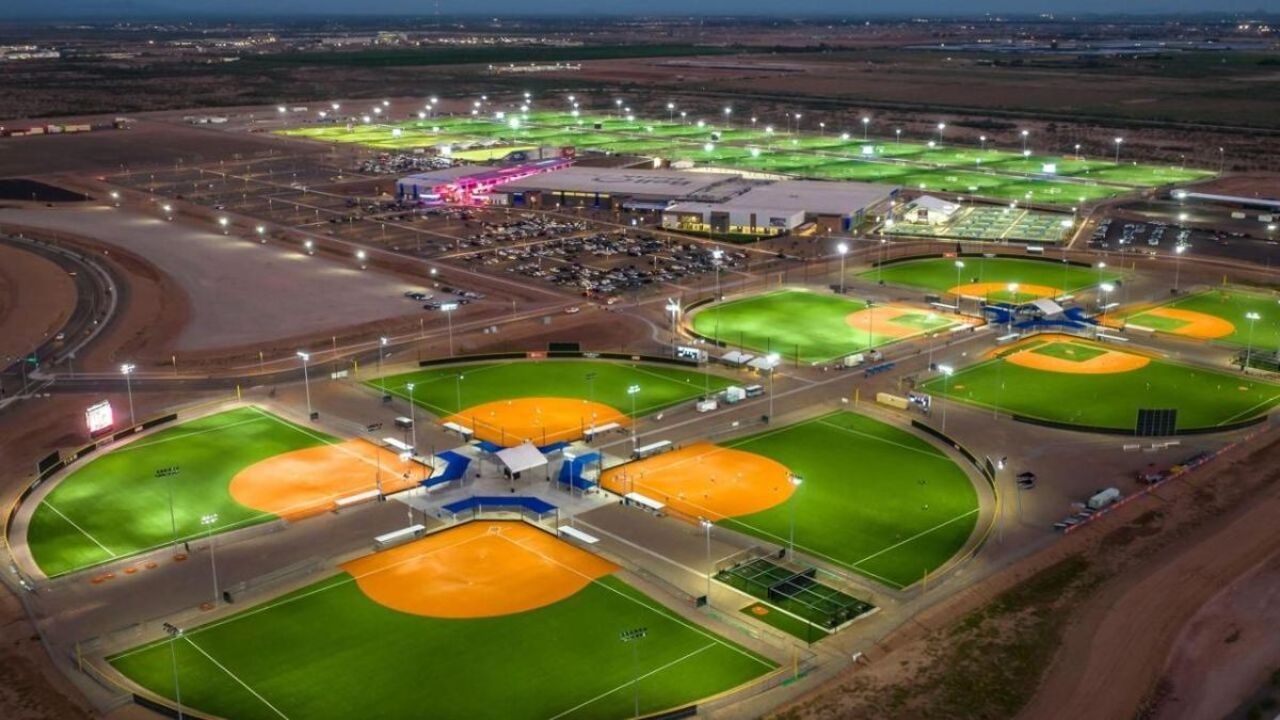Tax Breaks for Sports Facilities: Building a Legacy
As we mark the one-year anniversary of the implementation of tax breaks for sports facilities, it’s essential to reflect on the significant strides made in building a lasting legacy for communities across the nation. These tax incentives have not only fueled the development of state-of-the-art sports arenas but have also become a catalyst for economic growth, community engagement, and the cultivation of a sports-centric legacy. While other areas should use services from platforms like https://taxhelpusa.com/tax-relief-services/tax-resolution/offer-in-compromise/ for efficient tax management, sports facilities can feel relieved with tax breaks.
Driving Economic Growth: A Win for All

One of the primary objectives behind introducing tax breaks for sports facilities was to stimulate economic growth. The past year has seen a remarkable surge in local economies, as these projects create jobs, attract tourism, and stimulate spending. From construction workers to local businesses, the ripple effect has been profound, fostering a sense of community pride and contributing to the overall prosperity of the region.
Enhancing Infrastructure: A Home Run for Communities
The tax breaks have not just been about constructing grand stadiums; they have also been instrumental in improving the overall infrastructure of communities. With a focus on accessibility, transportation, and urban planning, these projects have left a lasting mark on the communities they call home. The legacy extends beyond the field, providing citizens with better facilities and a more interconnected urban landscape.
Fostering Community Engagement: More Than Just Games

Sports have an unparalleled ability to bring people together. The tax breaks have ensured that sports facilities are not just venues for games but hubs of community engagement. From youth development programs to inclusive events, these facilities have become epicenters for fostering social bonds. The past year has witnessed a surge in sports participation, with local communities actively involved in various activities hosted within these state-of-the-art facilities.
Sustainable Practices: Investing in the Future
As we celebrate this milestone, it’s crucial to acknowledge the emphasis on sustainability that accompanies these projects. Many sports facilities built under these tax incentives have adopted eco-friendly practices, from energy-efficient lighting to water conservation measures. This commitment to sustainability not only aligns with contemporary values but also ensures a legacy that future generations can proudly inherit.
Cultural Icons: Shaping the Identity of Cities
Beyond the economic and infrastructural impact, sports facilities have become iconic landmarks, shaping the identity of the cities they inhabit. These structures stand as symbols of civic pride and cultural significance, attracting attention not only from sports enthusiasts but also from tourists and investors. The legacy of these facilities extends beyond their functional purpose, contributing to the unique tapestry of each community.
Challenges and Future Considerations
While the first year has undoubtedly been a success, challenges remain. Future considerations must include ongoing community engagement, continued investment in local businesses, and addressing any environmental concerns that may arise. It’s essential to maintain the momentum and ensure that the legacy created is sustainable and beneficial in the long run.
As we reflect on the first year of tax breaks for sports facilities, the impact on communities has been profound. The legacy being built is not just in bricks and mortar but in the hearts and minds of the people who call these communities home. The journey has just begun, and with continued commitment and strategic planning, tax breaks for sports facilities have the potential to leave an enduring legacy for generations to come.
